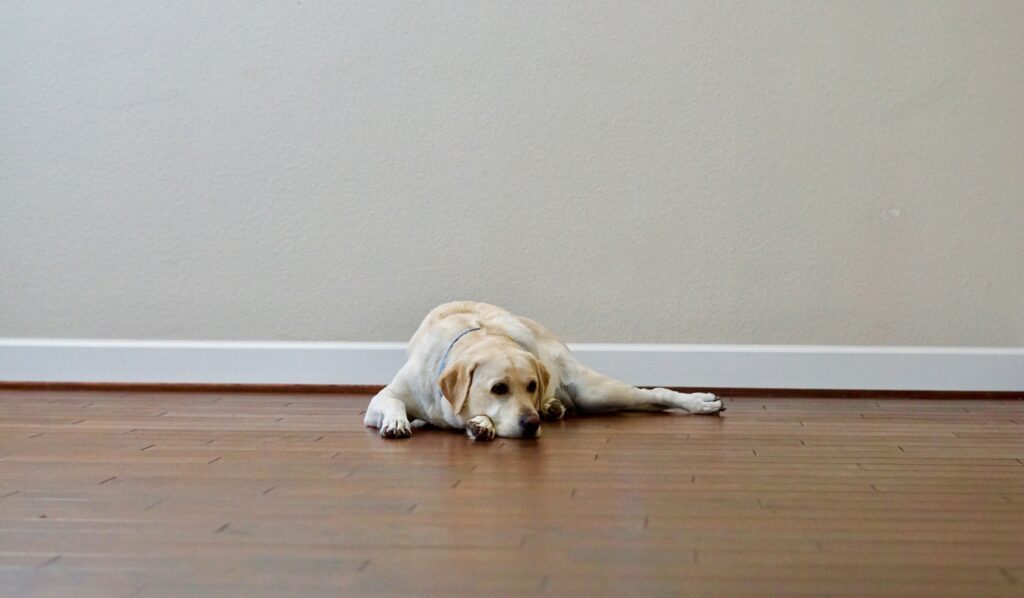Blog
6 Common Signs of Stress to Notice in Your Dog
Dogs are often considered to be a man’s best friend and for good reason! Dogs provide companionship, love, and support. However, dogs can also experience stress just like people do. If you’re not sure what the signs of stress in your dog look like, don’t worry! In this blog post, we will discuss six common signs of stress that you should watch out for. We’ll also give some tips on how to help your dog cope with stress and maintain his or her health and well-being.
Common Signs of Stress
Here are six common signs of stress that you may notice in your dog:
- Panting:
If your dog is panting excessively, it may be a sign that he or she is stressed. Dogs pant to cool themselves down, but if your dog is Panting when it’s not hot out, or if he or she is Panting more than usual, it could be a sign of stress.
- Yawning:
Much like humans, dogs yawn when they are tired or stressed. If you notice your dog yawning more than usual, it may be a sign that he or she is feeling stressed.
- Drooling:
Dogs usually only drool when they’re excited or nervous. If you notice your dog drooling more than usual, it could be a sign of stress.
- Licking:
Licking is another common sign of stress in dogs. If your dog is licking his or her lips excessively, it may be a sign that he or she is feeling stressed.
- Shaking:
Shaking or trembling can also be a sign of stress in dogs. If your dog is shaking or trembling more than usual, it may be a sign that he or she is feeling stressed.
- Changes in appetite:
If your dog is eating more or less than usual, it may be a sign of overwhelm. Dogs usually lose their appetite when they’re stressed, so if you notice your dog eating more than usual, it could be a sign that he or she is stressed.
What to Do If You Notice These Signs
If you notice any of these signs in your dog, it’s important to take action to help him or her cope with stress. There are a few things you can do to help your dog feel more relaxed and comfortable:
- Provide a calm environment: Make sure your dog has a quiet, comfortable place to rest and relax.
- Add some enrichment: Enrichment activities, such as puzzle toys, can help reduce overwhelm in dogs.
- Give your dog attention: Spend time petting or playing with your dog. This will help him or her feel loved and supported.
- Reach out to a professional: If you’re concerned about your dog’s stress levels, reach out to a veterinarian or animal behaviorist for help.
Reach Out To a Professional
Dogs can experience stress just like people do, and it’s important to be aware of the signs of stress in your dog. If you notice any of the signs we’ve discussed, don’t hesitate to take action to help your dog feel more relaxed and comfortable. And if you’re ever concerned about your dog’s stress levels, reach out to a professional at Rocky Mountain K9 for help.

